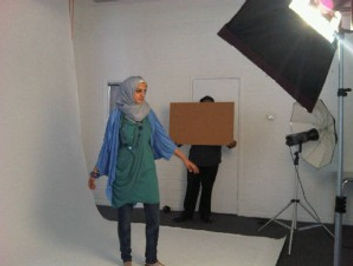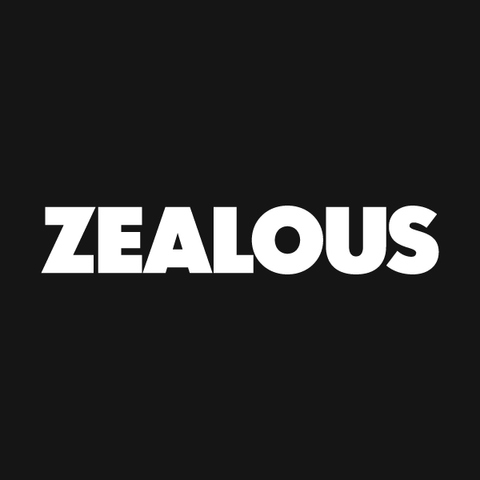Marketing
I've been working with a variety of SMEs, charities, startups and multi-national companies for over 9 years. You can check out my LinkedIn portfolio here.
Below are a few case studies highlighting a number of key achievements over the past few years.
Case Studies
When I was contacted by the organiser, the campaign had just under 15 days to go and they were on the £20,000 mark (with the final target being £40,000).
We needed to double what we already had in a very short amount of time. I spent a day with the Founder and we had strategy meetings to determine best courses of action.
I managed the entirety of the social campaign whilst she worked on securing large scale backers. My work involved marketing/ business strategy, some design as well as editorial work (with copywriting and proofing). I was also responsible for the community management element in the campaign during those 15 days.
At the end of the campaign, they managed to reach their target (and surpass it by a few hundred pounds too).
You can find out more about the campaign here.

I was contacted by Shade 7 to help in marketing their crowdfunding campaign for a children’s pop-up book that was being launched in February of 2014.
I began to carry out various forms of research to highlight the importance of investing some time and money into social media. By the beginning of 2008, Facebook had already started booming and there was a mad rush to join Twitter at that point too.
The research I was carrying out involved studying how other magazine brands were using online spaces, and how the mainstream public was using social media. Some were using it within a professional capacity and it was a highly useful event management tool, others were using it as a communication tool.
I realised that our international brand (Despite having a global audience spanning over 60 different countries worldwide at the time) knew hardly anything about our readers.
It was at this point when the realisation dawned on me that I had been sitting on the golden eggs all along.

I began to create a number of contingency plans and strategies that would see emel use Facebook as a means of beginning a conversation. We would use our new Facebook page (that I created around June 2008) to build a large following. We would then expose our brand through a variety of mediums to this large group of people we had on the page.
The initial stage was exporting our existing base of around 1000 followers from our group to the page. After that, we began to push our online content onto Facebook on a daily basis (which would encourage sharing stories and develop the viral traction of the brand). Whilst all this was happening, Facebook had changed the tools and page settings a number of times.
I created a series of milestones where we said that when we reached 5000 followers, we would do a giveaway. This proved to be very popular.
The next stage was to begin our blogging journey. Around August 2008, I established the emel blog. We created a number of accounts for our various editorial team staff members, and had begun to blog about events that were taking place within the office, such as fashion and food photo-shoots.
emel Magazine had begun its social media journey sometime around June 2007 when they launched the first group on Facebook.
The group was run by a number of members of staff at emel (namely some of the editorial team, whenever they had the time) and during then, there had been no full-time Web Editor within the company.
It was when I had arrived in December 2008 as an editorial intern that I discovered the overall web presence had been severely lacking for an international magazine brand. When I enquired over why this was the case, I was informed that they had a full content website which was ready to go but they had no drivers to run the project.
At the time, one of the overarching ethos of the brand had been that the print magazine came first; the online presence would be used solely just to market the magazine and refer people to subscribe to the published edition.



Curating the Zealous X 2016 Festival
Our task was to curate a festival that would last 10 days (22 days for us) and where we showcased over a hundred creatives at the Rich Mix in Shoreditch.
Submissions for the festival opened up in September 2015 where we started taking in people’s work. Our outreach spread across all seven disciplines (film, photography, design, music, performing arts, visual arts and interactive & gaming).
The outreach work essentially takes us on an online (and offline) quest to go and find creative talent across the country and let them know about our festival (inviting them to submit their work).
The role of the community managers were to bridge that gap between the creatives and the platform. I was on hand to respond to any difficulties in the submissions process as well as clear up any issues.
Selection Process
Over 30 gruelling days later, we managed to get over a thousand entries to the festival (evenly spread across all of the fields). Now began the judging and selection process where we sifted through the entries to find 45 creatives per discipline. These were then judged by a panel of high profile established figures within the industry. 15 then went through to be showcased at Zealous X.

Curating the Festival
My role in the festival had been to map out the venue and determine where the artworks would be laid out. My colleague was made responsible for the live music/performance and gaming side.
This proved a ton of challenges as we had to try and work to a scale and determine if we had enough wall space and also figure out how the work looked best in the limited area that we had.
We had a number of site visits where we went down to measure the space (every wall and every corridor).

Then I measured out the work that the artists had submitted (via a technical survey that we sent them) Each little piece of paper represented (quite roughly) the area given to an artist.
There were a lot of challenges to this process as we were taking on submissions across multiple fields. The demands of a photographer were a lot different from those of a visual artist. The large installations required some thought and we needed to ensure that the area had a nice flow about it (from a visual perspective).















